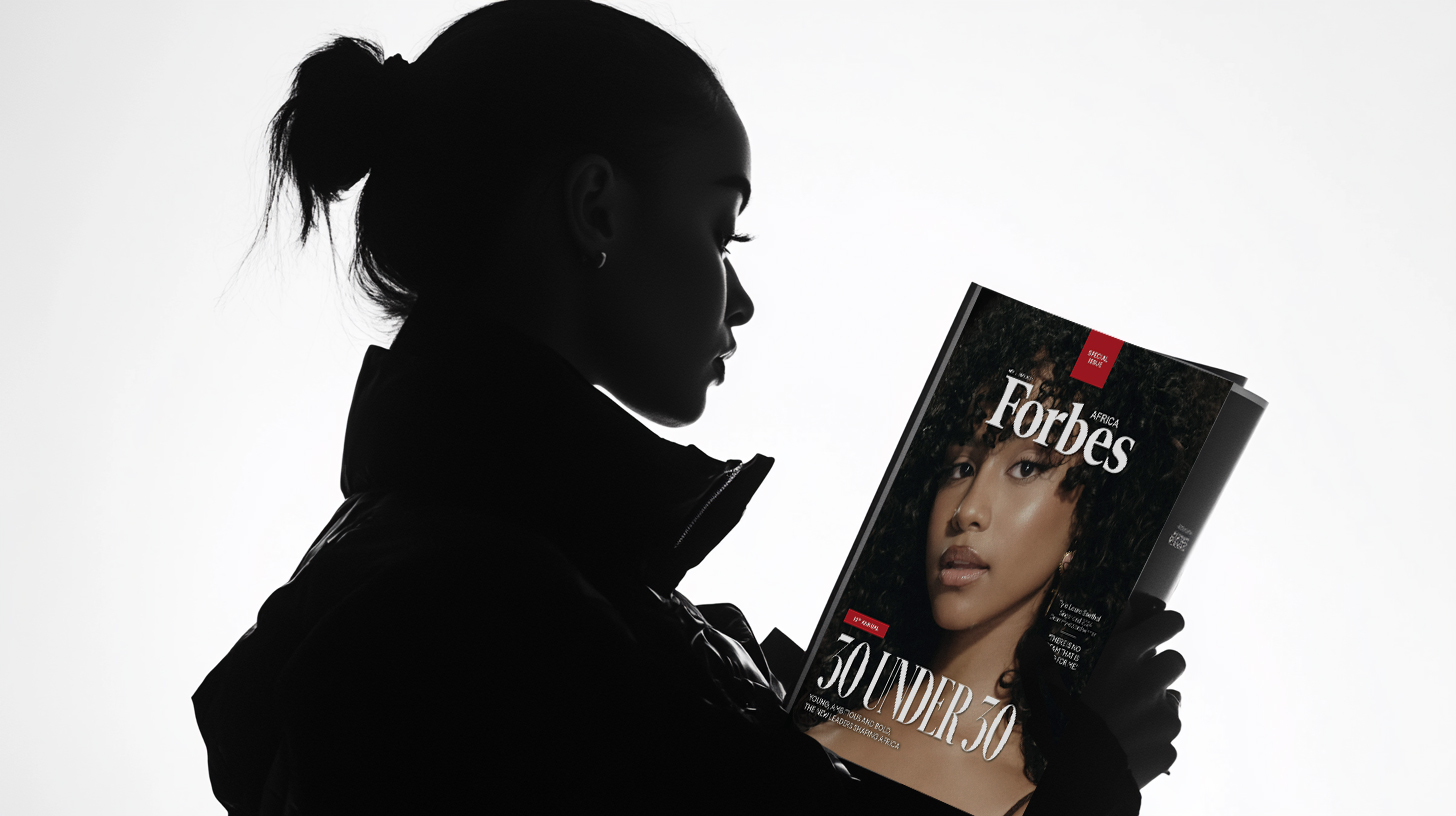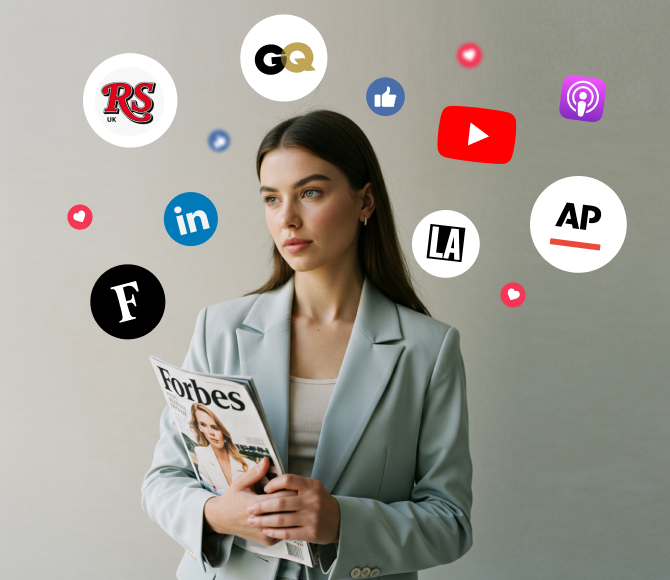Table of Contents
Getting noticed nowadays takes more than publishing a blog or sending out a few emails. Audiences are flooded with content from every direction, and attention is limited. Paid media helps brands cut through the noise.
Paid media is one part of the PESO model, which includes paid, earned, shared, and owned media. Each type serves a different purpose. Owned content, like your website or newsletter, builds presence over time.
Earned media, such as press coverage or reviews, adds credibility. Paid media brings precision and reach, ensuring key messages appear where audiences are already paying attention.
And it’s working. A recent survey conducted by Baden Bower found that 78% of brands (out of 1,200 surveyed marketing professionals and media buyers) reported a significant return on investment within just two months of implementing a structured paid media strategy.
This isn’t just about spending money. Paid media supports brand goals, whether that means reaching new audiences, promoting a product launch, or getting traffic to a key page. It helps content reach the right people at the right time.
Recent data reflects this shift. Gartner’s 2023 CMO Spend and Strategy Survey shows that 25.6% of marketing budgets are now allocated to paid media. That figure signals how important it has become in today’s campaigns.
For brands that want to increase visibility, grow traffic, or improve conversions, paid media offers direct ways to do that.
The sections ahead will explore what paid media includes, how different types work, and how to plan a paid media strategy that gets results.
What Is Paid Media?

Paid media refers to any content or message a brand pays to place in front of an audience. This includes ads on social media, banners on websites, sponsored search results, and more. When a business wants to get attention quickly, paid media helps make that happen.
This method helps businesses get noticed without waiting for organic traffic or word-of-mouth. Paid placements allow brands to target specific groups and increase visibility right away.
Paid, Owned, and Earned Media: What’s the Difference?
To understand paid media, it’s helpful to look at how it compares to two other categories: owned and earned media:
- Paid Media: Ads a business pays for, such as display ads, paid search, and social media promotions.
- Owned Media: Content a brand controls, like its website, blog, or email newsletters.
- Earned Media: Free exposure from others, such as reviews, media coverage, or shares on social platforms.
Owned media gives you a place to share your message, and earned media builds credibility. Paid media gets your brand seen by the right people when timing matters most.
Pro Tip: A well-rounded strategy balances all three—paid, owned, and earned—to create momentum and long-term value.

Source: Newsvoir
Why Marketers Use Paid Media
Paid media is often used when fast results are needed. It helps bring in traffic, drive sales, or promote new products. Brands can test different messages and adjust their campaigns based on how people respond.
Paid media marketing allows for detailed targeting. Businesses can choose who sees their ads based on location, age, interests, and behavior. Platforms like Google Ads, Facebook, Instagram, and LinkedIn make this possible at scale.
Using paid media also helps measure results. You can track impressions, clicks, conversions, and more, which helps make better decisions about future campaigns.
How Paid Media Supports Brand Engagement
Paid media helps build brand engagement by putting content in front of people who are most likely to respond. A good ad can lead someone to follow your brand, visit your website, or make a purchase.
When done well, paid campaigns help people get familiar with your brand and encourage them to take action. Whether it’s a short video or a display ad, every impression is a chance to connect with your audience.
Common Paid Media Examples
Here are some everyday examples of paid media marketing in action:
- Search Ads: A footwear company places a sponsored result on Google for “best shoes for running.”
- Display Ads: A hotel promotes special deals on travel websites through banners.
- Social Media Ads: A skincare company targets specific age groups on TikTok or Instagram.
- Sponsored Articles: A software business pays a tech blog to publish an article about its latest features.
These are different types of paid media, each used for different goals. Whether the aim is visibility, website traffic, or improving brand engagement, choosing the right paid media channels helps shape how people view a brand.
Get Seen With Paid Media That Delivers
Turn clicks into coverage! Book your strategy call and boost your reach today.
Types of Paid Media & Channels
Reaching the right people online often means using a mix of tools. Paid media gives businesses several ways to share their message, from search ads to sponsored content.
Each type works a little differently, and knowing how they function helps you get the most from your budget.
Display Advertising
Display ads include banners, pop-ups, and native ads that appear across websites. Some are clearly marked as ads, while others blend into the page more naturally.
Programmatic platforms like Google Display Network help automate ad buying based on real-time data.
You can target users by browsing habits, location, or device. Display ads help brands increase visibility, especially when looking to stay present across multiple websites.
Pro Tip: Use frequency caps to avoid ad fatigue and ensure your budget isn’t wasted on overexposure.
Paid Search (PPC)
Search ads appear at the top of search engine results when people enter relevant queries. A shoe company, for example, might pay to show up for “best running shoes.”
This kind of paid media advertising works well because it reaches people who are actively searching for solutions.
Google Ads and Bing let advertisers adjust bids, test different messages, and measure conversions. For many brands, paid search is one of the most effective ways to drive traffic.
Paid Social Media
Social media platforms give businesses the chance to connect with people based on age, interests, location, and online behavior.
Platforms like Facebook, Instagram, TikTok, and LinkedIn offer options to boost posts, run ads, or build campaigns that move people from interest to action.
A skincare brand might use short videos on Instagram to reach younger audiences, while a software company may promote thought leadership posts on LinkedIn.
Paid social campaigns work well because they meet people where they already spend time online.
Sponsored Content & Influencer Collaborations
Some paid media channels let brands share longer messages. Sponsored content includes articles or blog posts published on popular websites. These pieces often look like regular articles but are paid for by the brand.
This is one way businesses get press articles in front of new readers. A startup might pay to publish a feature in a tech blog to explain its service. Influencer partnerships offer a similar benefit.
A creator might review your product or mention your business in a post. These methods help build familiarity and trust through more detailed content.
Retargeting Campaigns
Retargeting shows ads to people who have already interacted with your brand — maybe they visited your site, added something to a cart, or watched a video.
These campaigns help bring people back. If someone clicks on a product but doesn’t buy it, they might see that same item later on Facebook or Instagram. Retargeting can improve conversion rates and keep your brand top-of-mind.

Publicity & Media Placements as Paid Media
Paid media covers more than ads that pop up on the side of a webpage. It also includes sponsored editorial content—articles placed on high-traffic websites like Forbes or Yahoo Finance.
These placements are becoming a regular part of paid media strategies for companies that want more control over how their stories are shared.
Sponsored Placements as Paid Media
Paid placements such as native advertising and sponsored articles are gaining attention. These pieces often appear on trusted websites, clearly labeled as sponsored, and give brands a way to share their message directly with readers.
PR Newswire’s Guaranteed Paid Placement program, built in partnership with Nativo, shows how effective this method can be.
In its first year, it delivered 400 million impressions and 2 million clicks, reflecting how structured paid media advertising can help businesses increase visibility.
Sponsored content fits into paid media because it’s paid for, targeted, and designed to engage readers.
While it’s different from banner ads or pay-per-click, it still falls under the same category of content a business pays to place.
Getting Featured on High-Authority Websites
Brands that appear on sites like Business Insider, Yahoo, or Inc. don’t end up there by accident.
They get there through planning and media buying, where marketers choose where to publish content based on audience, timing, and message.
Sponsored articles on these platforms are designed to look and feel like regular content. They often earn more clicks and keep readers engaged longer than traditional display ads. Readers are more likely to take a brand seriously when it appears in a trusted publication.
Pro Tip: Include strong calls to action and trackable links in sponsored articles to capture traffic and leads.
How Sponsored Media Helps Brand Visibility
Paid editorial placements provide several practical benefits:
- Brand Trust: Readers trust websites like Forbes and Yahoo Finance. When your content appears there, it helps build credibility. This is especially helpful for reputation management, giving brands a chance to control what information shows up first.
- Search Visibility: These articles are indexed by search engines. They often include backlinks to a company’s site, which can boost search rankings and drive long-term traffic.
- SEO Reputation Management: For brands managing their online presence, placing sponsored articles can help push down negative content in search results. Branded articles rank well and offer more control over what shows up when someone searches your business.
This type of paid media offers value that extends beyond just clicks. It supports long-term visibility and brand perception.
How Baden Bower Scales Brand Messaging
Baden Bower is one of the PR firms known for helping brands get featured through paid placements.
They focus on publishing stories across multiple outlets, giving brands consistent visibility and message control.
For startups launching a product or businesses focused on reputation management, this service helps get in front of the right audience fast.
Baden Bower’s model gives brands the chance to shape how they are seen—without waiting for unpaid press coverage.
Boost Visibility with Smart Media Buys
Get your brand in front of the right eyes. Reach out now and let us run your next winning paid media campaign.
Key Benefits of Paid Media
When brands want fast results, paid media offers a reliable solution. It brings attention to content without relying on unpredictable algorithms.
Ads appear where people are already spending time online, helping brands get noticed quickly.
Here’s a breakdown of the key benefits paid media brings to the table:
1. Instant Visibility Where It Counts
Paid placements show up on social media feeds, websites, and in search results. Whether it’s a promoted post or a sponsored article on major news outlets, this type of media helps your content appear in the right places at the right moment.
Brands often use paid media to support product launches, limited-time promotions, or important announcements. It puts content in front of people quickly and helps increase visibility without delay.
2. Audience Targeting and Segmentation
Paid media allows businesses to choose exactly who sees their ads. Marketers can target by age, location, interests, online behavior, and more.
For example, a brand can reach people aged 25–35 in New York who recently searched for skincare products.
This level of targeting makes ad campaigns more efficient, helping businesses use their budgets more effectively.
3. Measurable ROI
Paid media campaigns include detailed tracking tools. Marketers can see how many people viewed an ad, clicked on it, and took action—such as filling out a form or making a purchase.
4. Scalable Campaigns
Brands don’t have to commit large budgets right away. Paid media allows for small test campaigns that can be expanded based on performance.
Retargeting campaigns are part of this process. If someone visits your site without converting, you can show them follow-up ads later to keep your brand top-of-mind. This improves conversion rates and helps campaigns perform better over time.
5. Boosts PR and Content Reach
Paid media supports other marketing activities. For example, if your company earns a feature in major news outlets, using paid media to promote that article helps more people see it.
It also supports content marketing and SEO. Promoting blog posts or video content through paid ads helps attract more traffic, build credibility, and increase rankings in search engines.
Make Paid Media Work for You
Paid media helps brands get noticed when attention is hard to earn. It puts your content in front of the right audience quickly, whether that’s through a search ad, a promoted post, or a sponsored article.
If you’re looking to grow your reach without waiting for organic traction, it might be the right time to hire a PR agency that understands how paid media works.
This method helps deliver results that are easy to measure. Paid media offers targeted visibility and lets you track performance, such as clicks, conversions, and engagement. It gives marketers the tools to test campaigns and refine them over time.
Sponsored placements, display ads, and social media promotions all contribute to stronger brand recognition.
When your content appears where people already spend time, you increase the chances they’ll remember your brand and take action.
Paid media supports short-term goals like traffic and conversions while helping shape how your business is seen online.
A thoughtful mix of ad types and platforms can help you get consistent results and stay in front of your audience.
Want guaranteed media placements and a paid media strategy that drives results? Partner with Baden Bower today!
Guaranteed Publicity for Your Brand
Get featured in top publications with our proven PR strategies






